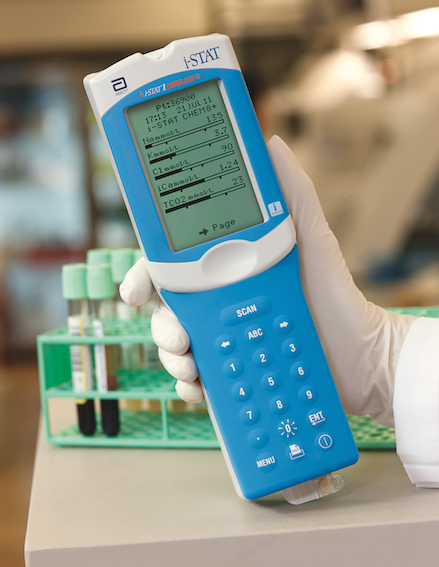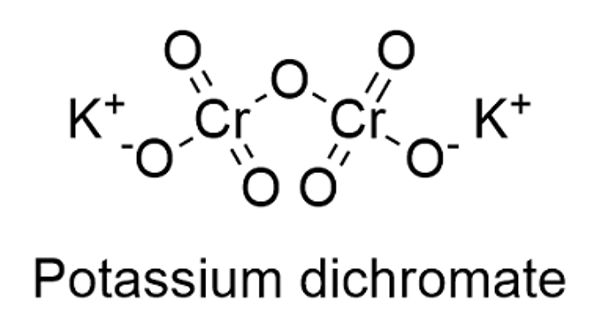

chronic obstructive pulmonary disease (COPD).Common causes are:Ī test result of high bicarbonate and low pH (less than 7.35) is a condition called respiratory acidosis. diabetic ketoacidosis (diabetic acidosis)Ī test result of low bicarbonate and high pH (more than 7.45) is a condition called respiratory alkalosis.prolonged lack of oxygen from severe anemia, heart failure, or shock.Low bicarbonate (HCO3)Ī test result of low bicarbonate and low pH (less than 7.35) is a condition called metabolic acidosis. A substance is more alkaline when its blood pH measurement is greater than 7.45. A blood pH measurement less than 7.35 is considered acidic. Normal range from 7.35 to 7.45 is considered neutral. Typically, a blood is slightly basic with pH measurement of close to 7.4 in maintained by the body. Acidosis, on the other hand, is when your body fluids are too acidic. Alkalosis is when your body fluids are too alkaline. Blood pH is a measurement of acidity or alkalinity. The blood test often measures blood pH along with CO2 levels to further determine the cause of your symptoms. The normal range for CO2 is 23 to 29 mEq/L (milliequivalent units per liter of blood). puts a tight wrap around the puncture site that will need to stay in place for at least an hour.(Arteries carry blood at higher pressures than veins, so it takes more time for the blood to form a clot.) applies pressure firmly to the wound for at least five minutes to ensure the bleeding stops.
Potassium poc istat full#
gently inserts a needle into the artery and draws blood into an attached tube until it is full.cleans the site with a germ-killing antiseptic.To get an arterial blood sample, the practitioner: Or, blood can be collected from the brachial artery in the elbow or the femoral artery in the groin. This is the major artery in line with the thumb, where you can feel your pulse. Arterial blood is usually taken from an artery in the wrist called the radial artery. This more complicated procedure is done by a practitioner trained to safely access arteries. Veins carry metabolic waste and deoxygenated blood to the lungs to be exhaled as carbon dioxide and to the kidneys to be passed in urine. A blood gas analysis requires arterial blood because the gases and pH levels in the arteries different from venous blood (blood from a vein).Īrteries carry oxygen throughout the body. covers the puncture wound with sterile gauze to stop any bleedingīlood gas analysis is often a part of the CO2 test.removes the elastic band and the needle.gently inserts a needle into the vein and collect blood in the attached tube until it is full.wraps an elastic band around your upper arm to cause the vein to swell with blood.cleans the site (often the inside of the elbow) with a germ-killing antiseptic.

To get a venipuncture blood sample, a healthcare provider: Your doctor will order a simple venipuncture blood sample if they only want to measure HCO3. Venipuncture is the term used to describe a basic blood sample taken from a vein. Blood samples for a CO2 blood test may be taken from either a vein or an artery.


 0 kommentar(er)
0 kommentar(er)
